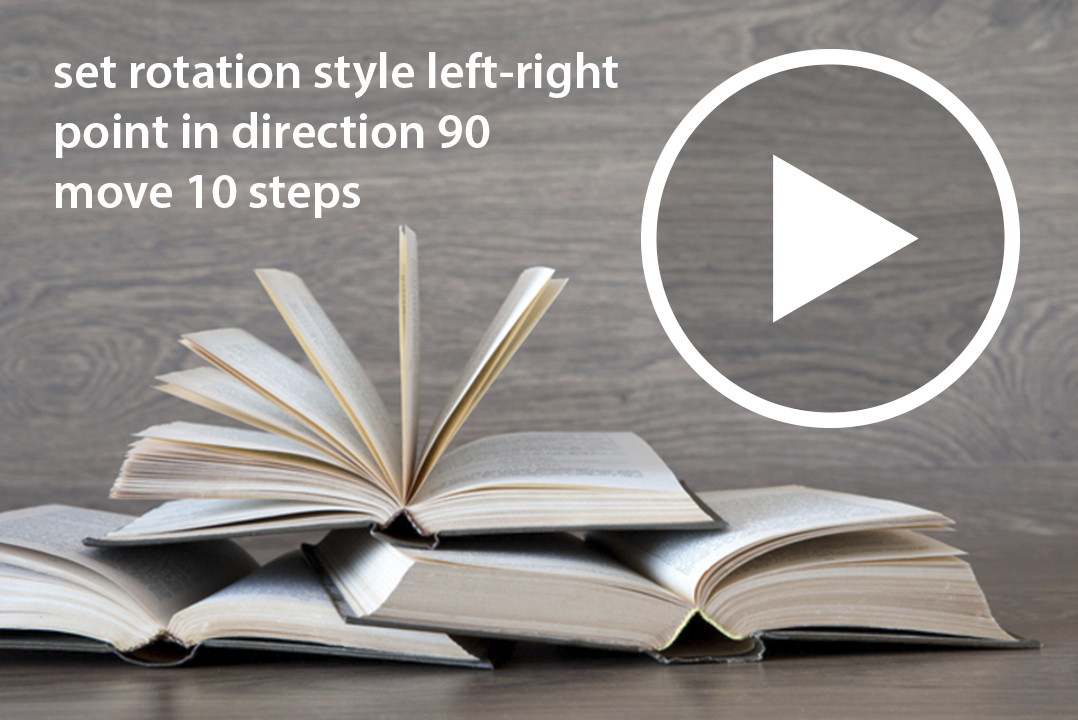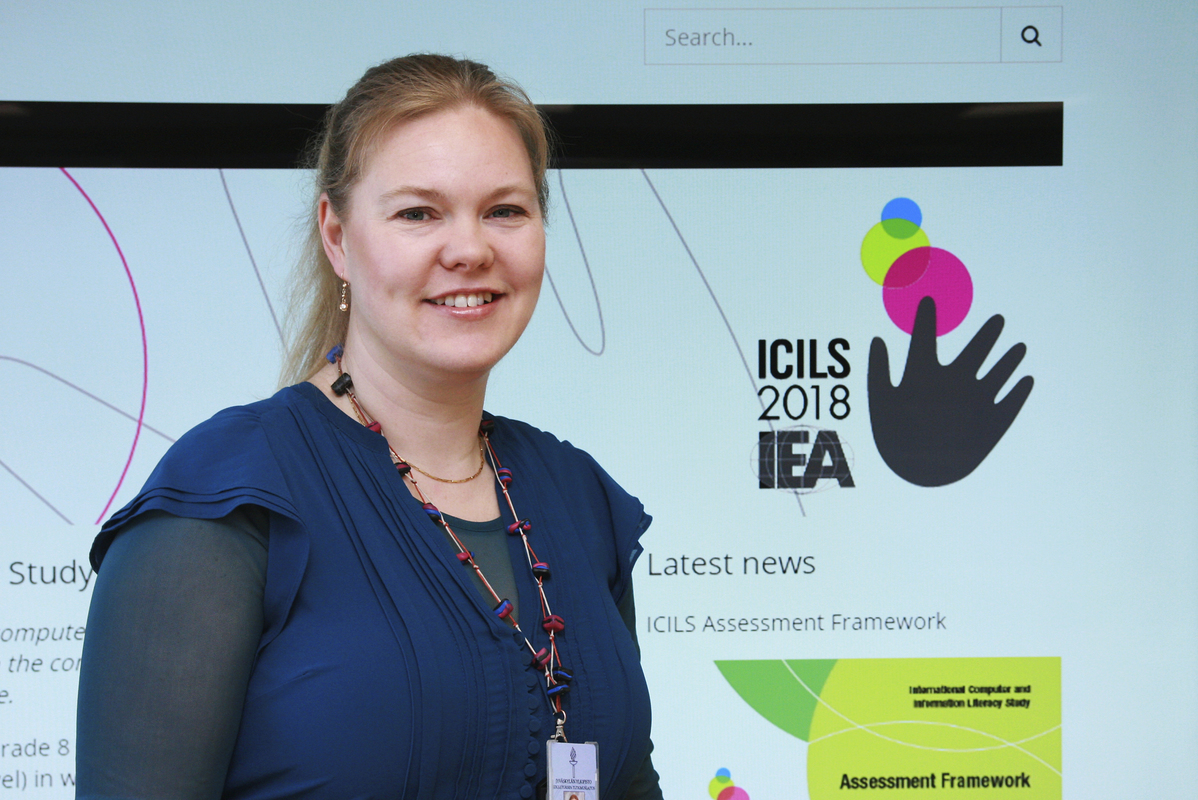Programming, blogs and videos – are these really part of literacy?
 Literacy requirements are changing along with the changing world of texts. Technological development, in particular, has set new demands for reading and creating texts. Literacy is no longer just an ability to read and write verbal texts but there is also a demand for the ability to product and use visual and auditive contents of the diverse media world by means of modern technologies. Therefore, also competence assessments need to change accordingly.
Literacy requirements are changing along with the changing world of texts. Technological development, in particular, has set new demands for reading and creating texts. Literacy is no longer just an ability to read and write verbal texts but there is also a demand for the ability to product and use visual and auditive contents of the diverse media world by means of modern technologies. Therefore, also competence assessments need to change accordingly.
Multiliteracy – understanding others and self-expression
In Finland, the new core curriculum for basic education was implemented to lower grades in autumn 2016 (grades in secondary school staggered after that). It approaches different contents and ways of learning, besides from the traditional subject-oriented perspective, also by means of multidisciplinary learning modules and transversal competence areas in common to all subjects. These seven transversal competence areas include, amongst other things, multiliteracy and ICT competence.
Multiliteracy encompasses the abilities to produce and interpret different kinds of texts in various contexts and media environments: This includes comparison of the means of influence in an online discussion, reading a printed novel, evaluating the reliability of a news video, as well as producing a blog text. Here, ‘text’ is considered in a broad sense so that a message may be composed of writing, pictures, videos, symbols or a combination of these. Besides aspects related to the text itself – such as knowledge of various text genres, means of influence, evaluation of texts as well as recognising the intention and overall meaning of the text – multiliteracy includes knowledge of the qualities and characteristics of different media and also the technical skills, i.e. tool literacy and computer literacy, that user needs to be able to exploit different media. These competences are needed both in consuming (reading) and in producing communicative contents.
Traditional printed texts are still valuable and people should be encouraged to read those, but alone and solely they do not anymore fulfil the literacy requirements of modern society. Nowadays particularly online texts of various information systems call for attention, as children and the youth use such texts even more than adults do, and they need guidance and instruction for dealing with the contents available – especially for developing critical literacy. Multiliterate user understands, for example, the principles and possibilities of editing texts and pictures and this knowledge also helps gain insight into the reliability of information.
Furthermore, multiliteracy includes knowledge of the languages of different fields of science as well as working beyond subject-specific boundaries. Hence, multiliteracy is an essential part of all the subjects, not just mother tongue and literature; for instance, in science classes it is possible to look at news pertaining to the subject matter addressed or the means of influence exerted in environmental protection. Similarly, arts education will support visual literacy, while mathematics classes promote logical thinking and component recognition.
ICILS – assessment in the spirit of the new curriculum
Although the concept of literacy covers both reading and production, student assessments have concentrated mainly on reading literacy. Currently there are three large scale literacy studies implemented in Finland, coordinated by the Finnish Institute for Educational Research: PIRLS 2016 results were just released, and it explored fourth-graders’ literacy skills by means of traditional texts. The main domain of PISA assessments in 2018 is reading literacy, and in this round also some online texts are included. The newest assessment programme is ICILS, which focuses on eighth-graders’ computer and informational literacy (multiliteracy) skills and computational thinking skills. The assessment framework covers essential elements of multiliteracy, such as online literacy, visual literacy and critical literacy.
ICILS assessment addresses thus directly the two large transversal competence areas mentioned above. ICILS differs from PIRLS and PISA especially in that it deals particularly with computer use and related texts. Moreover, ICILS includes also tasks where students are asked to produce some contents by making use of the material provided. Like the other programmes, ICILS collects data by means of both competence-based tests and background questionnaires.
Computational thinking is a novel approach as these competences have not been assessed earlier by large-scale assessment studies. While this area is often strongly associated with ICT, it is nevertheless strongly linked to cognitive skills more generally as well. Computational thinking encompasses recognition of entities, breaking the entities into relevant components, perceiving the logical structure and order of proceeding, as well as recognising repetitive patterns. These same features are essential in the production and evaluation of all kinds of texts.
In addition to the students, also teachers, principals and ICT coordinators of the schools are requested to answer their respective questionnaires. These questionnaires are designed to survey the schools’ resources, possibilities and willingness to integrate ICT use into their teaching. Main study of ICILS takes place in spring 2018 involving approximately 3000 students and 2500 teachers and principals in Finland.
The timing of ICILS is excellent and coincides with the outset of the new core curriculum. It will offer plenty of information about the starting points from which the new curriculum is now launching. It is important to see what the level of student competence is and where the learning objectives should be set. The results will also tell what kinds of national and international differences there are in terms of student performance and teaching in these domains that are important for our curricular design and future skills in general. The results will be available at the end of 2019.
Kaisa Leino
 Kaisa Leino works in the research team of International Assessments at the Finnish Institute for Educational Research. She is the national coordinator of the ICILS 2018 and PIRLS 2016 assessments and responsible for the reading literacy domain of PISA 2018 in Finland.
Kaisa Leino works in the research team of International Assessments at the Finnish Institute for Educational Research. She is the national coordinator of the ICILS 2018 and PIRLS 2016 assessments and responsible for the reading literacy domain of PISA 2018 in Finland.
Read more:
ICILS https://ktl.jyu.fi/icils
PIRLS https://ktl.jyu.fi/pirls-timss/pirls
PISA https://ktl.jyu.fi/pisa
New curriculum in Finland in a nutshell http://www.oph.fi/english/curricula_and_qualifications/basic_education/curricula_2014
Feedback to the author: kaisa.j.leino@jyu.fi
Main image: iClipart.com, adapted by Martti Minkkinen; photo of the author: Martti Minkkinen.
Previous | Next | To Front Page
Kommentit
Kirjaudu sisään lisätäksesi tähän kommentin